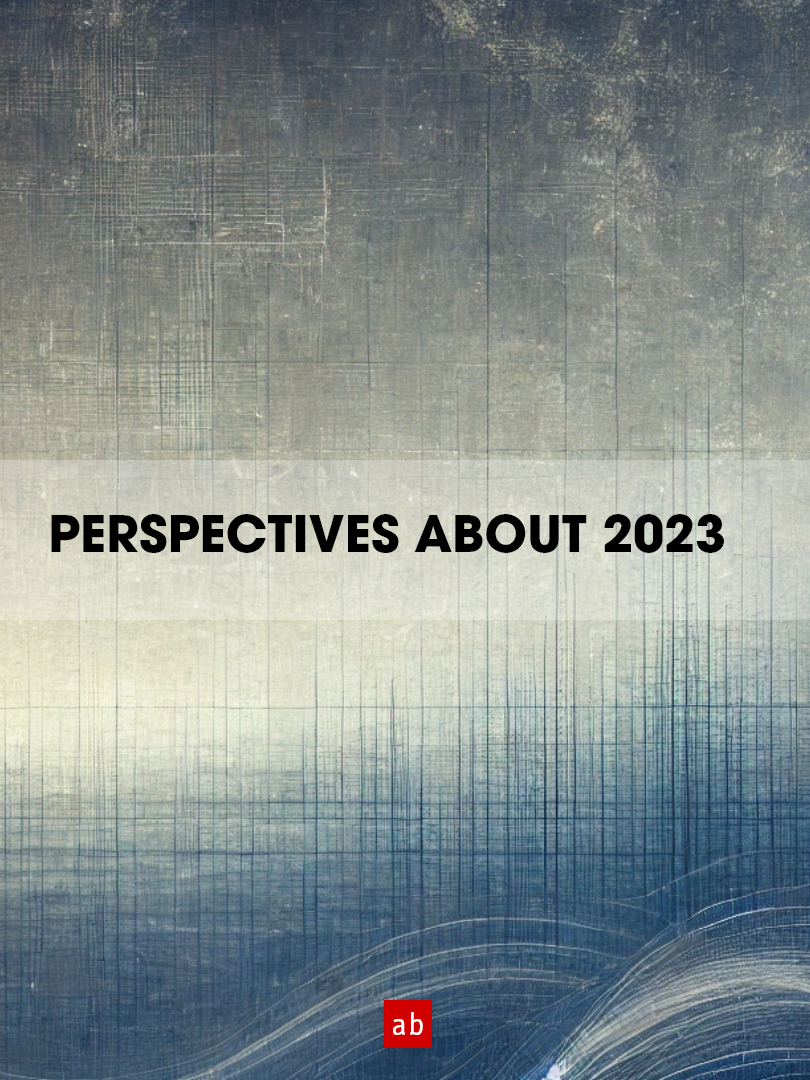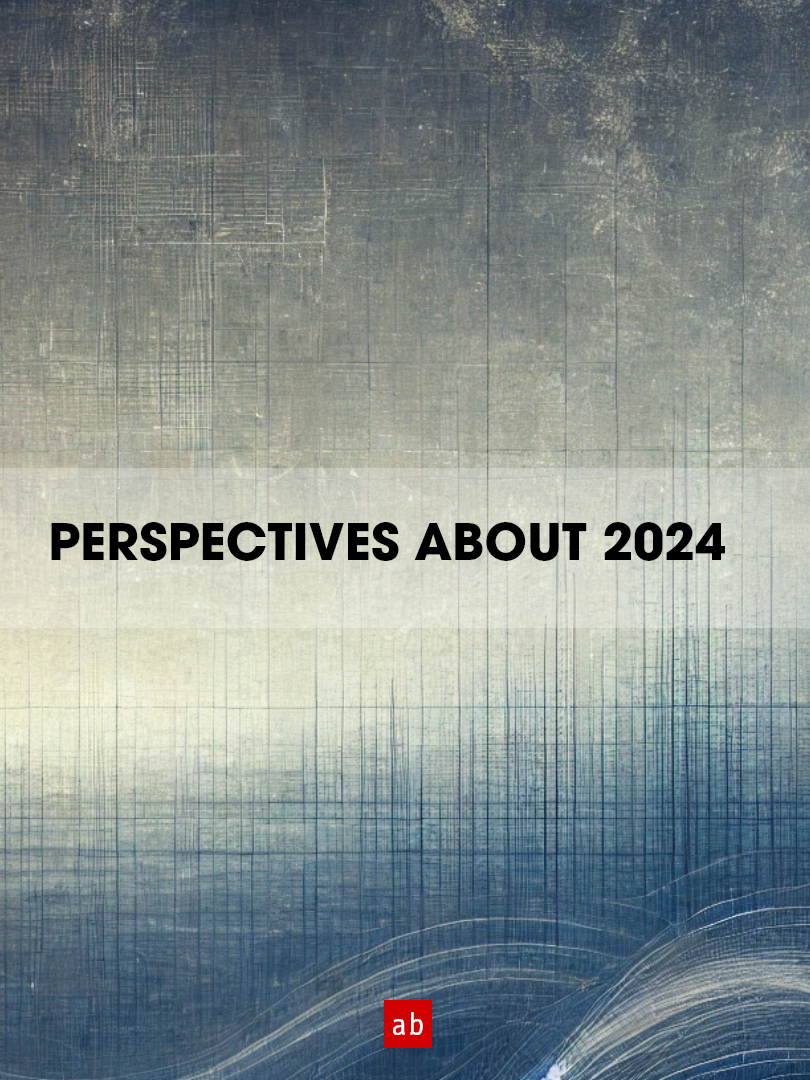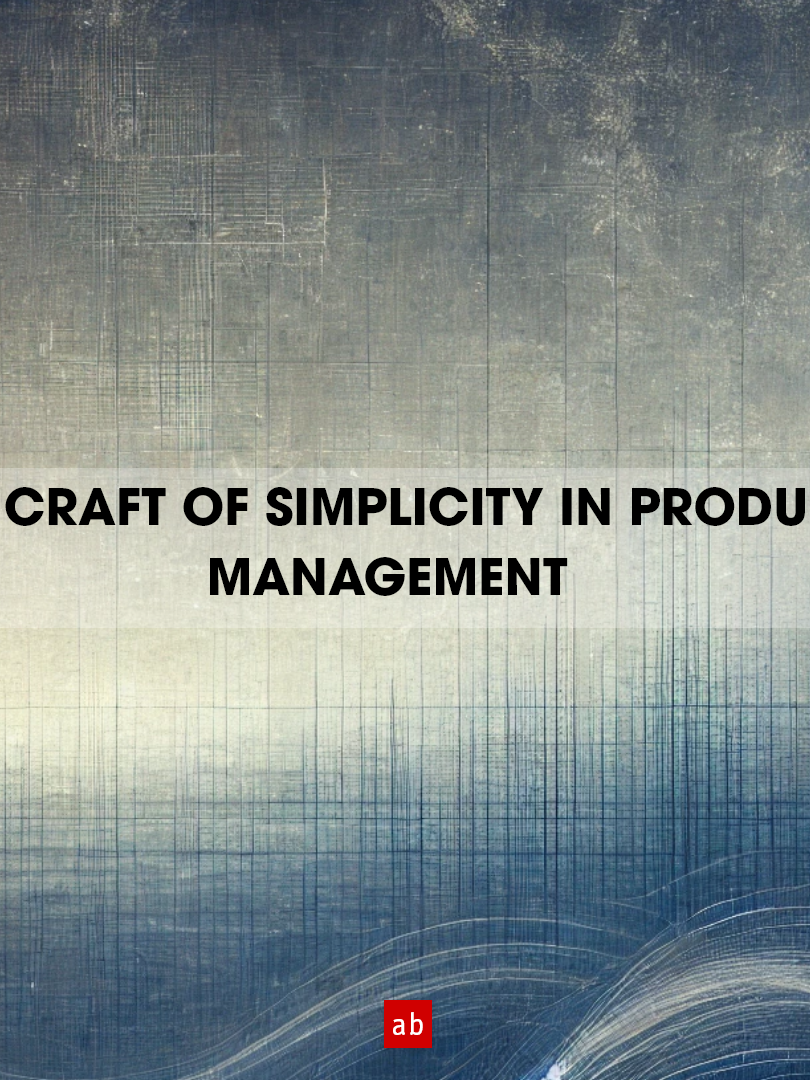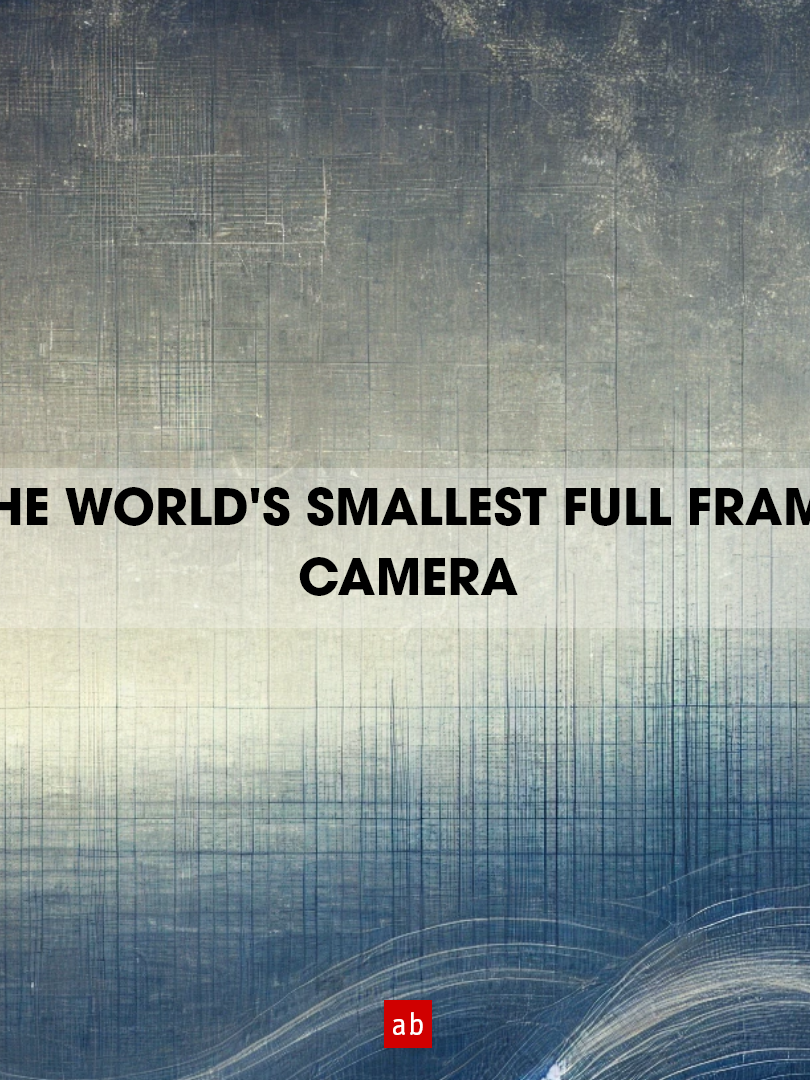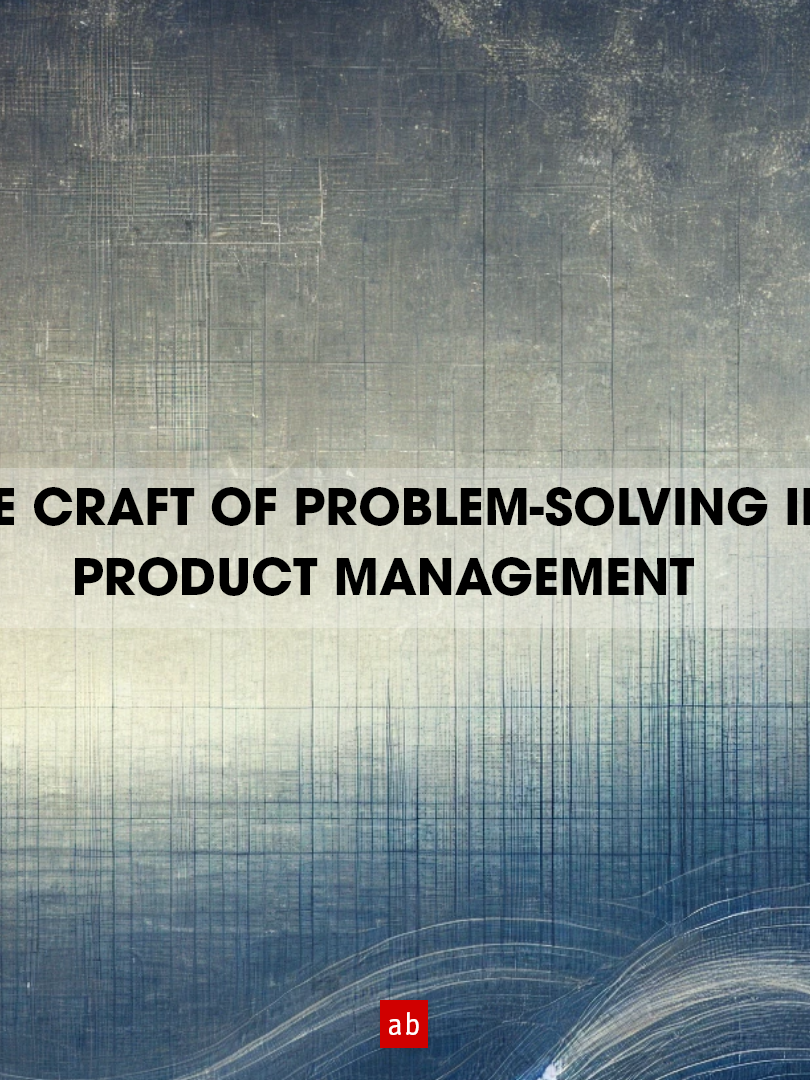Imagine our ancestors gathered around flickering fires, sharing tales of gods and heroes, of their own deepest fears, their own desires, and their own relentless quest to find meaning. Why do we tell these stories? Is it merely to entertain, or is storytelling essential for survival, teaching lessons, preserving culture, and fostering a sense of identity and connection?
Fast forward to today's fast-paced business world, and storytelling remains a powerful tool to differentiate brands, engage customers, and inspire teams. Leaders like Satya Nadella have harnessed the power of storytelling to communicate vision and transform company cultures. Nadella reshaped Microsoft, by sharing personal stories that humanized him and articulated a clear vision for the company’s future, steered towards innovation and collaboration.
While data can inform, it's the stories that evoke feelings. Audience may forget statistics, but they’ll never forget how a story made them feel. Successful product managers don't just sell products or services; they sell stories that resonate with their audience’s challenges and dreams.
The Window of Opportunity
Every morning at my old office, I would stand by a special window. It wasn't just any window—it showcased the towering buildings of major companies. Microsoft right across the street, Wipro adjacent to it, and if you squinted just enough, you could see Infosys shimmering in the distance. We lovingly called it "The Window of Opportunity."
One morning, as I was getting ready for work, I received a notification on my phone: "Interview at Microsoft." I had completely forgotten about it! I hesitated. I was a huge fan of open-source software and loved Linux. The idea of joining Microsoft felt strange. I thought, "Will I ever like Microsoft?"
But something about that window encouraged me. On a whim, I decided to try the interview.
The interviews progressed, and before I knew it, I was sitting across from a senior director for the final round. I was very nervous but also excited. He asked me about the future of technology. Remembering the many Steve Jobs interviews I had watched; I shared my ideas with as much passion and confidence as I could muster.
To my surprise, I was offered a job as an entry-level product manager. This was a big change from my career as a developer. Walking into Microsoft's huge campus at Hyderabad felt unreal. Every day after that, as I entered the Microsoft campus, I grappled with a mix of awe and insecurity. It was like moving from a small house into a big bungalow overnight. Surrounded by brilliant people from top schools like IIM, IIT, and ISB, I wondered if I really belonged there.
In meetings, while others talked about the market, I was focused on technical details. My pride in my technical skills was becoming my weakness. One evening, after a particularly perplexing meeting, I found solace watching YouTube. Browsing aimlessly, I watched Steve Jobs's famous presentations—the way he introduced the iPhone as "an iPod, a phone, and an internet communicator." His storytelling skills captivated people all over the world. I realized that storytelling was the connection I needed between my technical background and my new role in product management.
I dove into the world of storytelling. I read books and listened to podcasts—including those by Nancy Duarte—and watched talks from Disney and Pixar creators. Intrigued by these concepts, I decided to experiment with them in my work. Instead of starting with features and technical details, I began creating stories around our users' challenges and goals. Little by little, my presentations started to improve. Each slide was meticulously designed to tell part of the story. I introduced characters—types of our customers—to make data more relatable. Even when I traveled for work, I carried custom-made posters and displays to visually tell our product's journey.
I saw that people were paying more attention. Colleagues who once seemed distant started engaging more during meetings. Teams across different departments began collaborating smoothly. My ability to tell a compelling story turned skeptics into believers and colleagues into supporters.
Now, I'm leading a major project where storytelling isn't just a tool—it's the cornerstone of our strategy. By creating stories that connect with people, I've been able to influence others without authority, bringing teams together around a shared vision.
I was recently promoted to Principal Product Manager. This was a major achievement for me, and it all happened because I embraced the power of storytelling. But my journey isn't over. Storytelling is a skill I'm continuing to develop, aiming to make our products more meaningful to everyone who uses them.
Recently, while listening to a podcast about the powerful effect of storytelling, I thought about my own journey—from looking out of a window and dreaming about opportunities! It struck me that this might be a story worth telling.
The Anatomy of a Great Story
Stories have the unique ability to bridge gaps between people, cultures, and time periods. They allow us to walk in someone else’s shoes, to see the world through different eyes. Behind every captivating story lies a well-crafted structure that guides the audience through a journey of exposition, rising action, anticipation, climax, falling action, and resolution.
To craft stories that resonate universally, storytellers can incorporate a combination of structural techniques and universal themes. Here are key elements that intertwine both aspects:
1. Write from Personal Experience: Authenticity resonates with readers. Experiment with different points of view can reveal new facets of the story. In "The Window of Opportunity," I openly share my doubts about joining Microsoft, my feelings of insecurity in a new environment, and my struggle to adapt from a technical role to product management. This honesty allows readers to connect with my journey on a personal level.
2. Develop Significant Symbols or Characters: Characters need internal motivations driving their actions — a concept referred to as the character’s “spine”. This spine makes them believable and relatable. In my story, the window serves as a powerful symbol. It represents not just a physical window but the possibilities and choices that lay before me. This symbol connects with readers on a fundamental level, highlighting themes of ambition, change, and seizing opportunities. With meticulous attention, gather the required symbols, characters or scenes, likening this to “collecting bricks” for building a wall.
Start with a Wonder Hook: From the beginning, a story should assure the audience that their time will be rewarded – “a compelling hook”. It’s the big, obvious problem or question that demands resolution. Great stories tap into the audience’s sense of awe and curiosity. In my narrative, the image of me standing by a window overlooking major tech giants immediately sets the scene and piques curiosity. The unexpected notification about an interview at Microsoft and my internal conflict as a Linux enthusiast create intrigue, inviting readers to follow my journey.
Foreshadowing: As the story progresses, the audience accumulates their expectations, hopes, and assumptions about how events will unfold. Storytellers scatter subtle hints throughout the narrative—small clues that foreshadow future events. These encourage the audience to actively participate by guessing what might happen next, building anticipation. Early in the story, my hesitation about joining Microsoft and questioning if I would ever like it foreshadows the challenges, I would face in adapting to a new role and environment. This sets up the tension that drives the narrative forward.
Transitional Moments with a Ticking Clock: Stories are about transformation. Characters should evolve, reflecting the impact of their experiences. At pivotal moments, effective stories slow down the narrative to build suspense. By stretching time at key junctures, storytellers intensify the audience’s emotional investment. A pivotal moment in my story occurs when, after a perplexing meeting, I discover the power of storytelling. This epiphany marks a turning point in my career, shifting my approach and leading to significant professional growth. The need to adapt quickly in a competitive environment adds urgency to the narrative.
Balance with Emotions: When a story elicits emotions, it releases neurotransmitters like oxytocin, which fosters trust and empathy, and dopamine, which enhances focus and memory. For example, Humor engages the audience, lightens the mood, and makes characters more relatable. Strategical placement can also heighten the emotional contrast with more serious moments, evoking emotions like joy, fear, sadness, or excitement makes the story memorable.
Craft Meaningful Endings: A satisfying conclusion ties together narrative threads and fulfills the story’s promise. It doesn't have to be happy but should provide closure and deliver on expectations. In my narrative, the story culminates with my promotion to Principal Product Manager, symbolizing personal and professional growth. It not only provides closure but also emphasizes that the journey of storytelling and self-improvement continues.
One of the best examples of applying these principles is the story of a beggar whose fortunes changed with a simple alteration to his sign. Initially, his sign read, "I am blind, please help." Passersby largely ignored him. Then, someone rewrote his sign to say, "It's a beautiful day, and I can't see it." This new message created an emotional connection by highlighting a shared appreciation for a beautiful day, making people more empathetic and inclined to help.
These structures aren’t rigid formulas but frameworks that can be adapted and modified. This makes storytellers’ narratives more relatable.
Overcoming Barriers
Authenticity is the cornerstone of impactful storytelling and requires vulnerability. Sharing personal stories can be daunting, but it's this openness that fosters connection. When narratives stem from genuine experiences and emotions, they resonate more deeply with audiences.
Two significant obstacles are fear and ego! Fear of judgment or failure can stifle creativity, preventing storytellers from sharing their authentic voice. Ego can create a disconnect between the storyteller and the audience if the focus shifts from the message to self-promotion.
To combat these barriers, embrace vulnerability and humility with persistence and dedication. You may face numerous rejections or criticisms before achieving success. But build a routine to write consistently and accept that the first draft is rarely perfect. Revising and refining are essential parts of the process. By focusing on the story’s purpose and the audience’s needs, storytellers can move beyond personal insecurities.
Experimentation, breaking traditional rules can lead to innovative storytelling. Writers might try different narrative structures, such as non-linear timelines or multiple perspectives, to discover new ways of engaging the audience. For example, Black Mirror, a Netflix series, bends conventions by presenting standalone episodes that explore diverse futuristic themes, yet all resonate deeply with viewers.
Continuous exploration of different genres and styles can inspire new ideas. Paying attention to everyday interactions can provide authentic material. Seeking constructive criticism from peers can highlight areas for improvement.
Final Thoughts
Storytelling is a craft that blends creativity, empathy, and technique. From the timeless traditions of oral narratives to the cutting-edge visuals of modern media, stories continue to shape our world.
“A story is about change over time!” – Matthew Dicks
By understanding the principles that make compelling stories storytellers can captivate audiences, influence change, and leave a lasting legacy!
Disclaimer: The views and opinions expressed in this article are solely those of the author and do not reflect the views or opinions of any organization, employer, committee, or group with which the author may be affiliated. The author assumes no responsibility or liability for the content of this article. The information provided in this article is provided "as is", without any guarantees, or warranties of any kind, express or implied.
